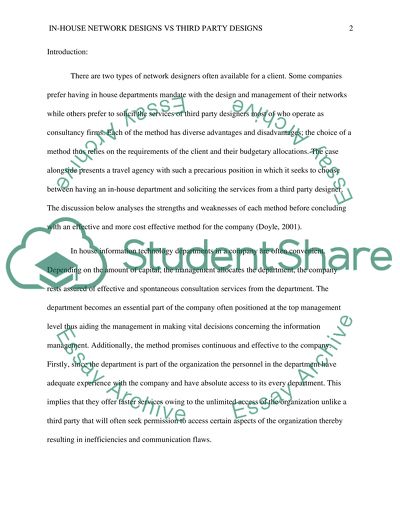Cite this document
(“In-house Network design vs. third party network design Research Paper”, n.d.)
Retrieved from https://studentshare.org/design-technology/1484655-in-house-network-design-vs-third-party-network-design
Retrieved from https://studentshare.org/design-technology/1484655-in-house-network-design-vs-third-party-network-design
(In-House Network Design Vs. Third Party Network Design Research Paper)
https://studentshare.org/design-technology/1484655-in-house-network-design-vs-third-party-network-design.
https://studentshare.org/design-technology/1484655-in-house-network-design-vs-third-party-network-design.
“In-House Network Design Vs. Third Party Network Design Research Paper”, n.d. https://studentshare.org/design-technology/1484655-in-house-network-design-vs-third-party-network-design.


